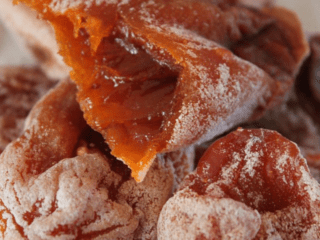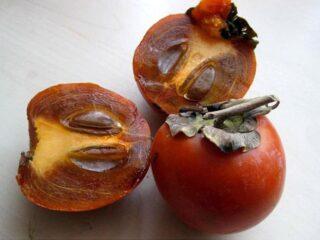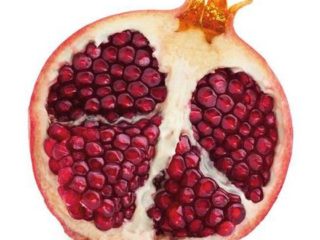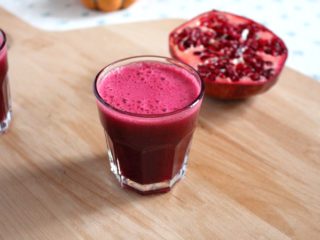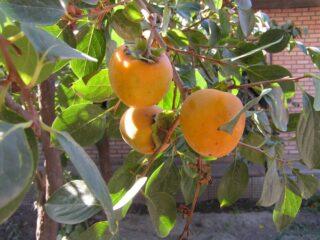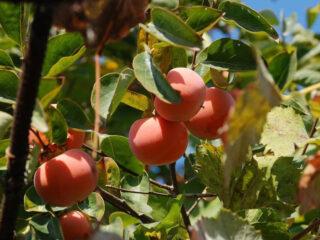Content
It is best to store persimmons in the refrigerator, in the vegetable compartment, with the lid open. In this form, the fruit will normally last for 1 month. At room temperature, the maximum shelf life is 3 weeks, and the ripe fruits are much shorter. If you want to save them for a long time (1-2 years), then the crop should be put in the freezer, dried or wilted.
Choosing persimmons for long-term storage
It is very important to choose the right fruit. From the point of view of taste, it is better to buy a kinglet. It is the sweetest and most aromatic variety. You can distinguish the kinglet by several external signs:
- the color is closer to brown (in a state of full maturity);
- small size and weight;
- rounded shape (without a pointed lower tip);
- the flesh is also brownish;
- there are bones inside.
Although you can buy a classic persimmon. In any case, the fruits must meet several requirements:
- The main criterion is that the fruit should not be ripe or overripe. For long-term storage, choose yellowish-greenish fruits.
- The skin is smooth, with a natural shine, with a slight whitish bloom.
- There is no damage or stains on the surface (but greyish-brown streaks are allowed).
- The stalk is dry, brown in color.

For long-term storage, it is better to purchase unripe persimmon
Conditions and storage temperature of persimmons
In order for the fruit to retain its pleasant taste and aroma, it is necessary to create optimal conditions. For long-term storage of persimmons you will need:
- Lack of light.
- The temperature is within 0–2 degrees Celsius.
- High humidity - up to 90%.
- Absence of sudden temperature changes. There should be no freeze-thaw cycles.
Rules for storing persimmons at home
The storage temperature of persimmons in the warehouse is maintained close to zero, but negative temperatures are unacceptable. Under these conditions, the fruit is kept fresh for up to three months. At home, 2 storage methods are possible:
- At room temperature (preferably in the dark) - up to 10–20 days.
- In the refrigerator, on a vegetable shelf (temperature 5–6 degrees Celsius) - up to 1–1.5 months.
The specific period depends on the state of the fruit: unripe ones lie longer, ripe ones - less. If there is a need for a longer storage of fruits, they are placed in a cellar or other utility room with a constant temperature and high humidity.
How to store ripe persimmons at home
At home, fruits are kept both at room temperature and in the refrigerator. For long-term storage, the fruits are frozen, dried or dried.
At room temperature
At room temperature, the crop can be stored for up to 2-3 weeks. Moreover, it is better to keep it in a dark and cool place, for example, put it in a closet, in a niche in the kitchen or in a closet. You can also put the container next to the balcony door and cover it with a thick cloth.
In the fridge
In the refrigerator compartment, fruits are laid out in the vegetable compartment and stored for a month. If the fruits were already overripe, they can be stored for a week. And the chopped pulp (in pieces) is stored for no more than three days.
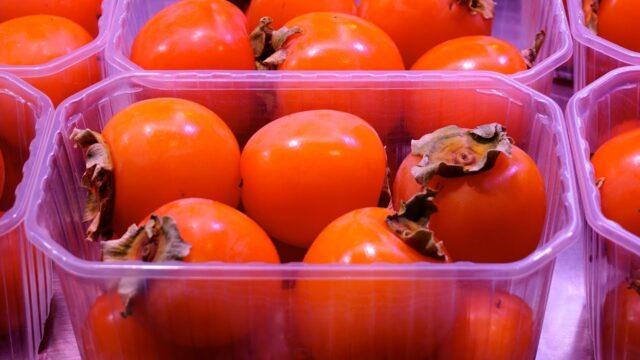
Persimmons are stored in containers with an open lid for good air circulation
In the cellar
The cellar is a good storage place. This room is especially suitable for unripe persimmons, which will last longer. The cellar maintains not only a cool temperature, but also a high humidity. For storage, the fruits are laid out in wooden boxes (the bottom can be lined with paper or a thin cloth) in 1-2 layers. In this case, the stalks at the bottom layer should "look" at the bottom of the container, and at the top - at the ceiling.
Sawdust, shavings or small chips are poured between the layers so that the fruits do not touch each other as much as possible. The shavings are periodically changed - once a month. Fruits should be regularly inspected and rotted away: they will ruin healthy persimmons. The ripe ones are also taken away. They can be used for food or sent for long-term storage in the freezer.
Freezing
Freezing is one of the easiest ways. This procedure allows you to preserve the fruit for 12 months, that is, until the next harvest. To do this, the fruits are washed and dried dry (you can wipe them off with a towel). Then they are laid out in a container, lining paper between the layers. Put in the freezer and keep for up to one year. In this case, defrosting is allowed only once. It is necessary to thaw the fruit gradually, holding it at room temperature. Then the fruits are eaten immediately or used for cooking.
Drying
Drying is the most efficient way to preserve fruit. Thanks to this gentle processing method, it is possible to preserve the maximum amount of vitamins and other nutrients. The shelf life with this method increases to two years. Drying is carried out in an oven, oven or electric dryer. The temperature is set at + 60-65 ° C, while the door is kept constantly open to remove evaporated moisture.
Then the resulting dried pulp is packed in paper or fabric bags. They should be kept in a dark, cool and dry place, such as in a niche next to a balcony door. It is undesirable to place them in the refrigerator, as the humidity there is too high.
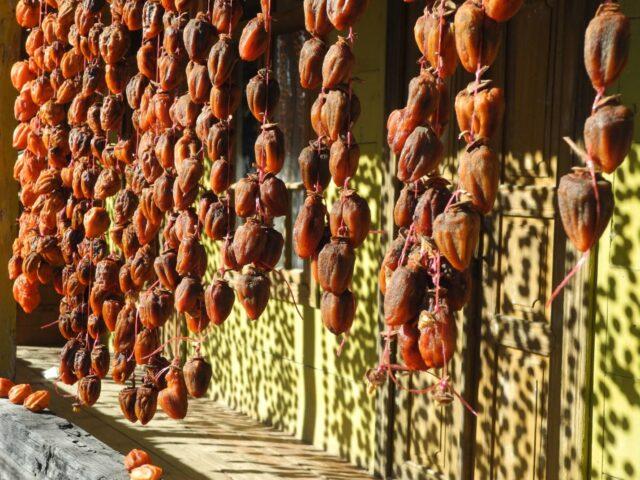
Dried persimmons can be stored for up to 24 months
Drying
Drying also allows you to preserve the pulp for 2-3 years. For preparation, the fruits are washed and dried thoroughly with a towel. Remove the skin with a sharp knife (it can be dried). Then they tie the ponytails to a strong rope. They are hung next to the window, periodically ventilated. After two weeks, the fruits will darken, a white bloom will appear on the surface (this is how natural sugars crystallize).
Dried fruits are placed in paper or cloth bags and kept in a dark, dry and cool place. You can put it in the closet, in a niche, keep it next to the balcony door, on a cool windowsill. This pulp can be used in its pure form and used as a dried fruit (add to tea, compotes, baked goods). Drying allows you to preserve the fruits for up to 3 years, and nutrients are not destroyed - they are saved almost completely.
Persimmons are dried outdoors (under a canopy) or in a well-ventilated area.
Where is the best place to store persimmons and why
If long-term storage is necessary, the fruits are kept in the freezer, dried or dried. In this case, the persimmon loses its consistency, but retains its taste and aroma. If all the fruits are planned to be eaten in 2-3 months, they can be kept in the cellar at a temperature of no more than +2 ° C. At the same time, during storage, persimmons are periodically examined and rotted specimens are rejected.
To make the persimmon ripe
To ripen the fruits, they can be left at room temperature, covered with a thick cloth.The room should be well ventilated - it is advisable to place the container closer to the window or balcony door. In this form, the persimmon will ripen in 3-4 days. The fruits can be stored in the refrigerator, but then it will take 7-8 days to ripen.
To rid persimmons of astringent taste
Astringent taste always indicates the immaturity of persimmons. You can get rid of it at home using the following methods:
- Put in a plastic bag with tomatoes or apples. Tie tight and store at room temperature for several days.
- Quick way: put in warm water (temperature 36-40 degrees) and leave overnight. The next day, press on the persimmon - if the surface softens, ripening has already begun. As soon as the color acquires a rich orange hue, the berries can be eaten.
- Another quick way is to store the persimmon in the freezer. It is enough to hold for 10-12 hours, and the next day the astringent taste will disappear.
- You can also take a needle, soak the tip in ethyl alcohol, and make a few punctures. Then the persimmon is stored at normal temperature for 4-5 days. You can also cut the pulp into pieces and put it in a bottle that used to have vodka or alcohol. Close the lid and store at room temperature for 5-7 days.
- You can prepare a 10% solution of slaked lime, for example, 100 g per 1 liter of water. The solution is stirred, persimmon is put there for storage. Leave the fruits in liquid for two to seven days.
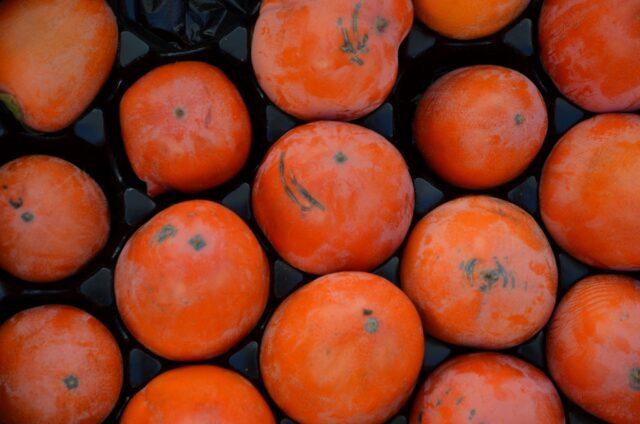
The fastest way to ripen persimmons is to keep them in the freezer overnight.
How to know if a persimmon has gone bad
The standard shelf life of persimmons in the cellar is 2-3 months. During this time, the fruits are periodically examined, the spoiled and overripe ones are removed. Determine the deterioration of the pulp by several signs:
- The color turned bright orange.
- The surface is soft. If you press with your finger, a depression will remain.
- The consistency is also soft, often to the state of gruel.
- Mold and other signs of decay on the surface.
- Unpleasant odor, smudges.
Such fruits are immediately removed, and it is better to sort out healthy fruits additionally, and replace chips or sawdust with new ones. But it is not necessary to throw away the damaged persimmon. You can remove only the rotten part, and eat the rest or put it on jam, jam and other preparations.
Conclusion
It is better to store persimmons in a cool, shaded place with high humidity at temperatures up to 2 degrees Celsius. In this state, the fruits are well preserved for up to three months. For long-term storage, they are placed in the freezer. And you can keep persimmons for as long as possible in dried or dried form (up to three years, subject to the conditions).
